Types and Varieties of Turmeric
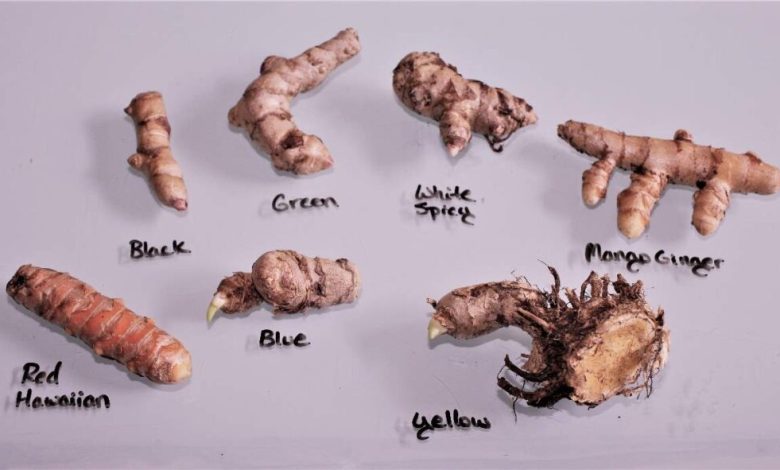
What do we teach you in this article?
We have compiled the most famous and used types and varieties of turmeric throughout the world. With a short description of each of them, you can get an idea of the enormous variety that exists in turmeric.
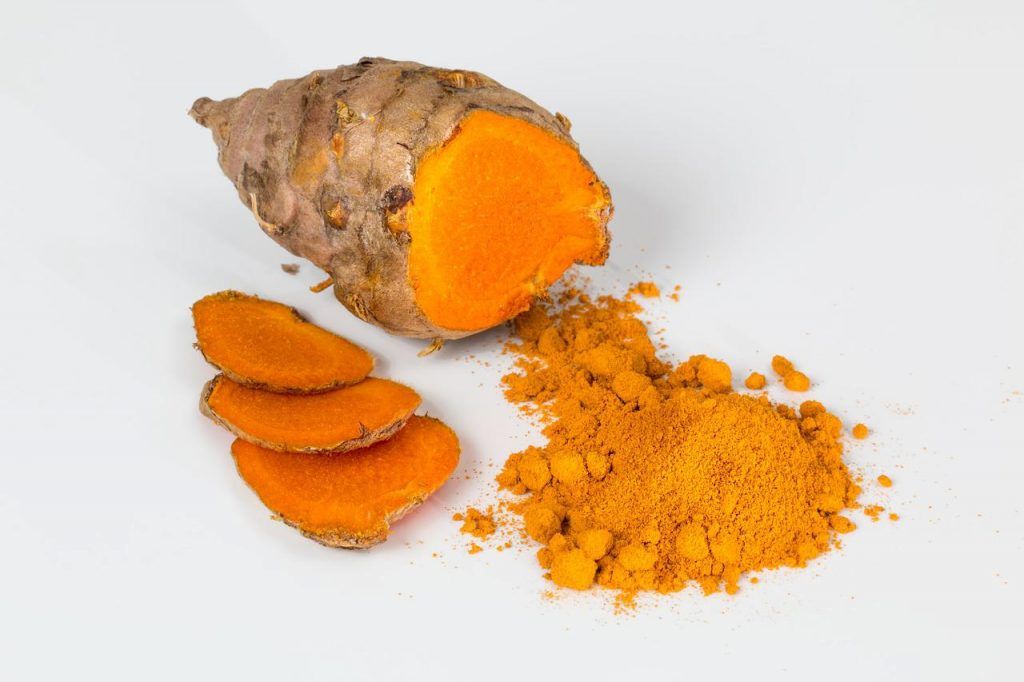
There is a herbaceous plant belonging to the zingiberaceae family that enhances meals thanks to the natural production of a fabulous species of oriental origin: turmeric, also called Indian sulphur.
Its origin is located in the southwestern region of India and is related to another natural wonder: ginger.
It is a perennial plant that has managed to expand from the Polynesian and Micronesian islands, to cover all of Southeast Asia.
Among the most common names around the world are the following: chicken, saffron, maroon, toothpick, guisador, chuncho toothpick, ginger, among others.
The also called turmeric of India, is a perennial type plant, which usually measures just over a meter in height, has cylindrical rhizomes and large leaves, elliptical in shape and yellow in color, with long petioles that sometimes touch the ground..
These “fingers” have a brown earthy shell or skin that peels off, revealing the intense yellow or orange color of turmeric, capable of painting everything, so much so that the hands are stained when in contact with this unique rhizome.
What types of turmeric can we find?
As we know there are two types of turmeric: the long, and the rounded.
To date, the genus Curcuma is known to have many species in the spectrum of the Zingiberaceae family, where many shrubby and herbaceous species are counted, as well as aromatic and rhizomatous plants .
Among the main species are undoubtedly Curcuma Longa, Curcuma Alismatifolia. But around 80 species have been typified, after the naturalist Carlos Linnaeus took up the matter in the 18th century.
Curcuma Longa
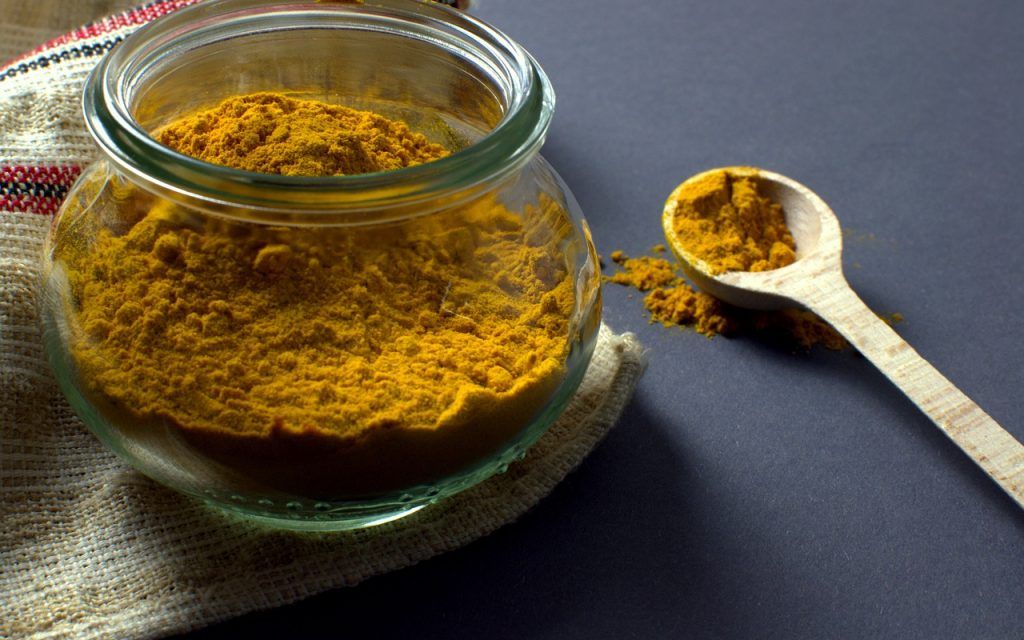
It is a perennial herbaceous species known today as «the species of a thousand wonders». It grows about a meter in height or a little more, since it spreads more horizontally and not in an upward direction.
It has prominent leaves that exceed up to a meter in length and the flowers are triple and hermaphrodite, appearing in spikes and having both sexes.
The rhizome is the key to its success, because its consumption has become widespread over time worldwide, especially in Asia.
Said rhizome manifests itself as a finger that is brown on the outside and intense orange or yellow on the inside.
It does not support regions where frost runs, so its cultivation occurs successfully in warm and humid areas of the planet.
There is a classification of Turmeric related to its commercial origin. Actually, what causes this division corresponds to the properties of the powder derived from the grating of the rhizome.
There are then two types: Turmeric, Madras and Alleppey.
Madras Turmeric
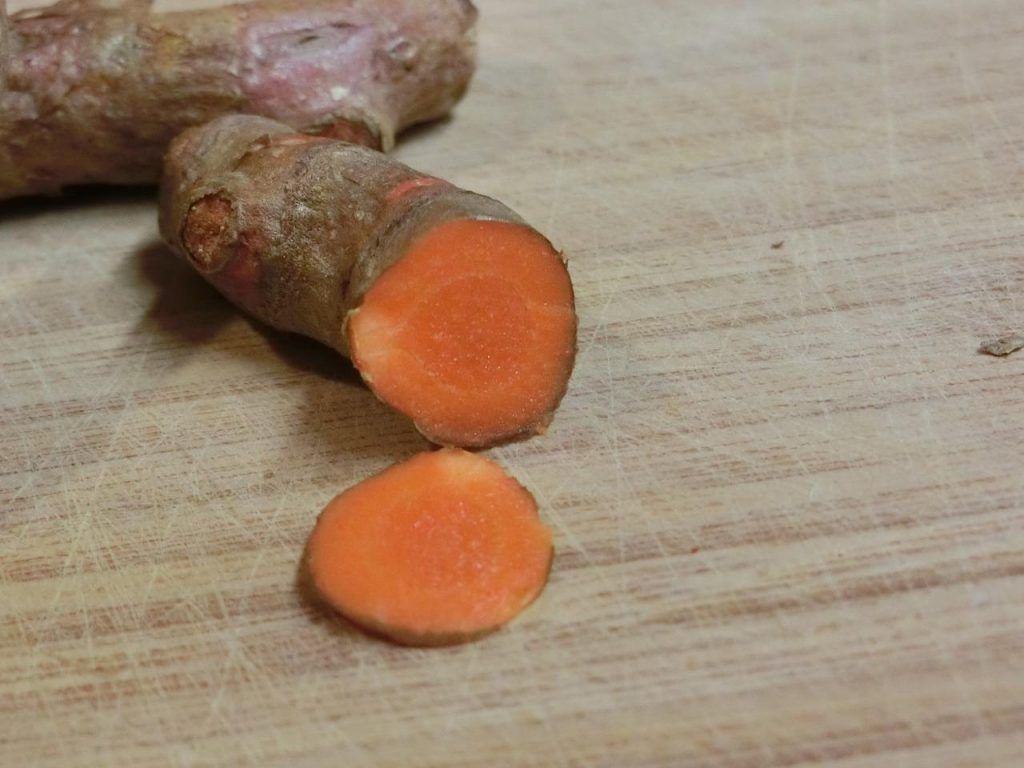
Its cultivation is typical in India, where its ability to “colorize” is used to the maximum. And it is that mixed with other species it gives rise to a very popular dye: curry powder.
This species has a low percentage index in curcumin, which does not exceed 2.5% of the total.
Curcuma xanthella
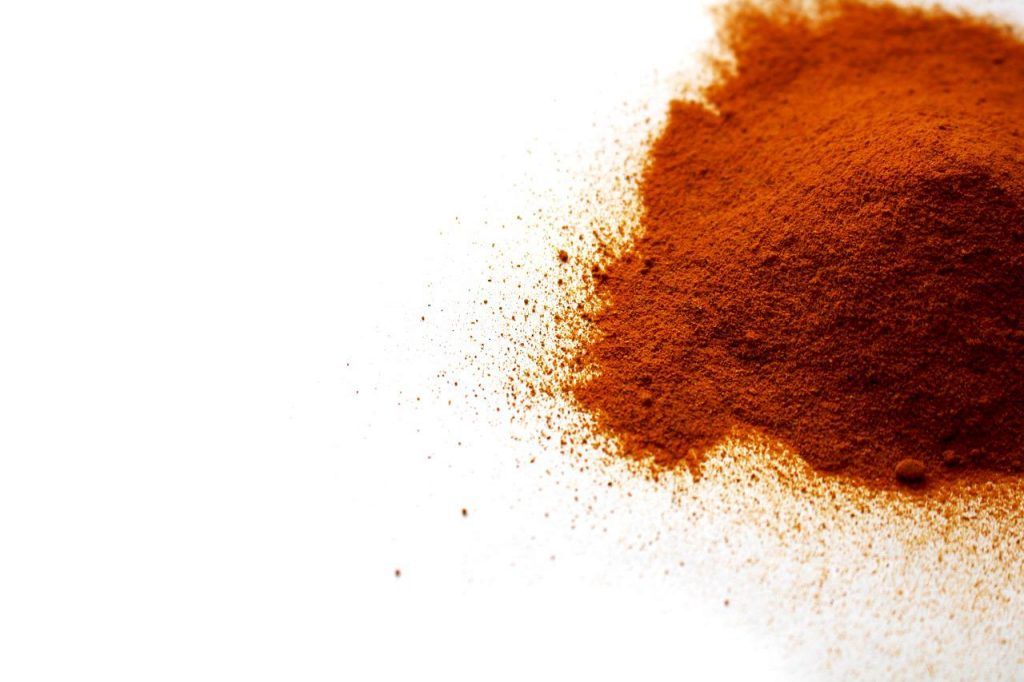
Similar to Curcuma flaviflora, but differs by finer leaf-blades and prominent leaf-blades with rounded to cordate base and longer, more prominent lateral staminodes.
Small rhizomatous herb up to 0.6 m tall. Ovoid rhizome, c. 1.5-3 × 1-2 cm, with fine branches (c. 3-6 mm in diameter), light brown outside, light yellow inside, slightly.
Allepey Turmeric
It is cultivated in the Allepey district of Kerala, where it has acquired great commercial importance.
It differs from the Madra because of its color, which is intense brown and its flavor has a touch similar to lemon and mint, more fresh on the palate.
Likewise, it has a more oily texture because it has a higher amount of curcumin, which usually ranges between 5 to 6.5%.
Turmeric Characteristics
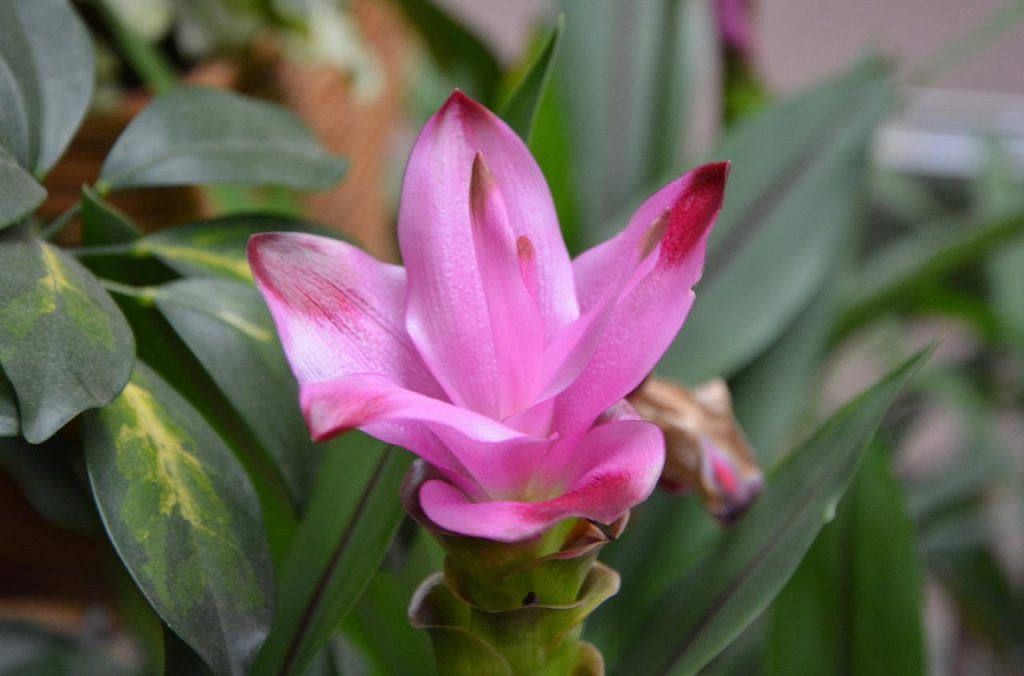
It is a rhizome or stem capable of growing horizontally below the ground. By grating it, a wonderful intense yellow or orange powder is obtained, rich in curcumin, the star compound of this unique plant.
In fact, this powder is considered miraculous in many Asian places and is derived from the Curcuma longa plant, characterized by some experts as a kind of Asian ginger.
Turmeric offers unsurpassed gastronomic versatility, because it adapts to both sweet and savory dishes and also has very beneficial medicinal properties for osteoarthritis and even high cholesterol.
This natural additive is increasingly popular in the West and has been used in many dishes of the Mediterranean diet.
And it is that it provides or enhances flavor and serves as a natural colorant. It has a sweet and bitter or spicy flavor at the same time, so it should be used in small portions.
As a dressing on fish, meat and rice dishes, it is magnificent.
Among the most outstanding characteristics of this magical vegetable we have:
- They love temperatures that range from 20º C to 30º C, but they also need constant rainfall or rain.
- This means that it thrives much better in warm climates, in humid places, where its rhizomes are raised to avoid damage, showing their «fingers», which should be cut only on the largest rhizomes.
- Its greatest production is concentrated in India, in the town called Sangli, in the south of this giant Asian country, where its medicinal properties are known from 610 BC to 320 BC, according to historical evidence, where it was used as wool dye. Later its use was extended to other textiles such as cotton, silk, leather, to include lacquers, varnishes, waxes and inks.
- Among its ingredients are curcumoids and curcumins, but also an essential oil that has zingiberene, as well as polysaccharides, and mineral salts such as iron and potassium.
- In short, it contains the following active ingredients: curcumin, essential oil with turmerone and zingiberene, curcumoids, bitter ingredients and resins.
- Curcumin does not dissolve in water, but it does dissolve in fat.
- Turmeric has a lot of fiber, proteins, carbohydrates, fats, water and vitamins B6, C, E and K, niacin, as well as sodium, potassium, magnesium, zinc, calcium, riboflavin, thiamin, iron.
More recently, it has been combined with ginger in infusions, to help strengthen the immune system, since it helps reduce the production of mediators that generate inflammation and the production of free radicals, because it has antioxidant and anti-inflammatory properties, very convenient for reducing high or bad cholesterol levels, as well as helping to heal gastric ulcers, diabetes and even cancer, according to some studies, although there is no entirely conclusive evidence.
Did you know…?For example, in India turmeric is prescribed as a general tonic and the Chinese, with their ancient knowledge of natural medicine, apply it to reduce and eliminate stomach and gastrointestinal pain, especially those of liver origin and the terrible irritable bowel syndrome.
Currently, very useful turmeric-based supplements are marketed.

![Photo of Bamboo Cuttings: [Concept, Time, Rooting and Planting]](https://www.complete-gardening.com/wp-content/uploads/2022/08/bamboo-cuttings-concept-time-rooting-and-planting-390x220.jpg)
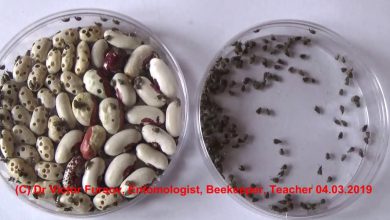
![Photo of Philodendron Xanadu: [Cultivation, Irrigation, Associations, Pests and Diseases]](https://www.complete-gardening.com/wp-content/uploads/2022/08/philodendron-xanadu-cultivation-irrigation-associations-pests-and-diseases-390x220.jpg)
![Photo of Plant Camellias in your Garden: [Where, How and When to do it]](https://www.complete-gardening.com/wp-content/uploads/2022/08/plant-camellias-in-your-garden-where-how-and-when-to-do-it-390x220.jpg)